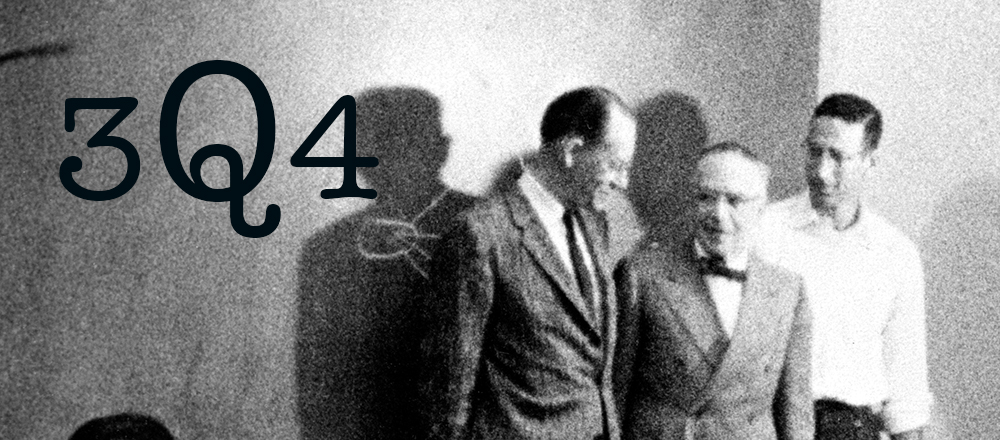
The Integrative Genomics Building — the new home of the Joint Genome Institute (JGI) and DOE’s Systems Biology Knowledgebase (KBase) — will be dedicated June 19 in an invitation-only ceremony at the Lab. Move-in is scheduled to begin in September.
But the IGB is not the first signature Lab research facility to sit on that location. Historically the site housed the Bevatron, a particle accelerator that operated from 1954 to 1993. The accelerator made major contributions in high-energy particle physics, nuclear heavy-ion physics, medical research and therapy, and space-related studies of radiation damage and heavy particles in space.
The antiproton was discovered at the Bevatron in 1955, resulting in the 1959 Nobel Prize in Physics for Emilio Segrè and Owen Chamberlain. Donald Glaser received the Nobel Prize in Physics in 1960 for the invention of the bubble chamber, which was used at the Bevatron. Luis Alvarez received the Nobel Prize in Physics in 1968 for his work with bubble chambers at the Bevatron.
In our Three Questions For (3Q4) series, we asked Herbert Steiner, who served as a research physicist at the Lab from 1956 to 1960 and who, as a physics graduate student in Berkeley in the mid-50s, was actively involved in the antiproton experiment, to look back at the importance of the Bevatron to the Lab and to science.
Elements: The Bevatron exemplified Berkeley Lab’s pioneering role in big science. What were its purpose and scale?
Herbert Steiner: The Bevatron was built to explore the energy frontier in particle physics. It ushered in the era of “big science” involving heretofore almost unimaginable amounts of money and manpower, as well as enormous technological challenges. Its energy of 6 billion electron volts was chosen to make it kinematically possible to produce antiprotons, which were discovered in the fall of 1955.
Elements: What were some of the most notable achievements associated with the Bevatron?
Steiner: After the antiproton and antineutron discoveries, a large number of other unknown particles were observed, mainly in the bubble chamber experiments of the Alvarez Group. These were then grouped into families by Murray Gell-Mann, for which he received a Nobel Prize. Other path-breaking experiments elucidating the detailed properties of these new particles were performed by both in-house and external groups. Bevatron experiments contributed significantly to the evolution of particle physics in the mid-fifties and sixties.
Elements: It was said you could hear the Bevatron everywhere on the hill when it was running. What was it like working in and around the Bevatron when it was turned on?
Steiner: I don’t recall any significant noise. Things were generally quiet in the Bevatron building. To be sure, the motor generator set supplying the magnet had a humming noise, but only in the motor generator room was it bothersome. In my office in Building 50, just next door to the Bevatron, no discernible noise was heard. We did, however, on occasions note power fluctuations related to the pulsing of the Bevatron magnet.
For more information on the history of the Bevatron, visit https://www2.lbl.gov/Science-Articles/Archive/Bevalac-nine-lives.html.
You can also see a pictorial review of the Bevatron.